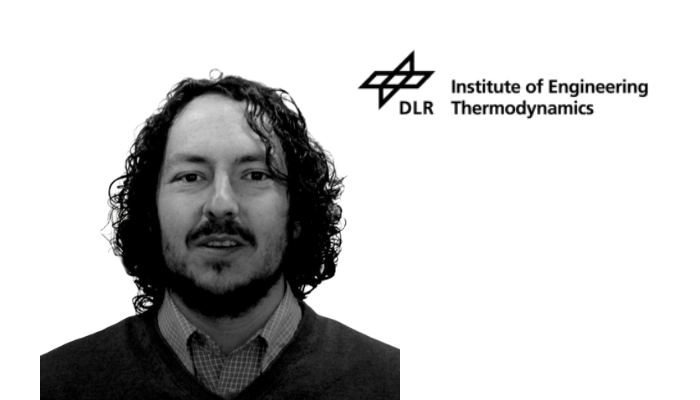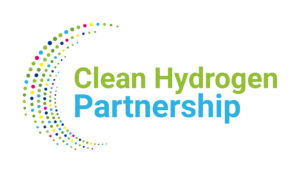Dr. Daniel García Sánchez holds a Ph.D. in Physics from the National University of Distance Education (UNED), Spain. He has more than 18 years of experience in fuel cell and electrolysis technologies. Currently, he has a permanent position as Senior Researcher at the DLR Institute of Engineering Thermodynamics. Dr. García Sánchez has extensive expertise in managing and coordinating European research projects in renewable energy technologies. Among them, the EU-funded PROMET-H2 project stands out, focusing on the development of efficient water electrolysers. His career includes significant contributions as project manager at DLR, where he advanced research in in-situ diagnostics for water electrolysers and fuel cells technologies. Within SWEETHY, he will be responsible for coordinating DLR’s contributions, in collaboration with fellow researchers, focusing on validation testing and developing innovative coatings for seawater electrolysis.
What was your original motivation to become a researcher/project manager?
I’ve always been curious about how things work and excited by the idea of turning that understanding into practical solutions. Over the years, I’ve realized that research is about making a difference. Working with others, contributing to projects, and turning ideas into technologies that positively impact people’s everyday lives
What is your (main) research area today?
I currently work on developing green hydrogen production technologies via electrolysis, aiming to enhance performance and reduce costs, with the goal of promoting a cleaner, more sustainable energy future.
What is the main focus of your team in SWEETHY?
Within SWEETHY, DLR will contribute to the development of novel coatings to protect PTLs and BPPs from the harsh conditions generated during seawater electrolysis. DLR is also the work package leader for testing at the single-cell level, which is a key step in validating the novel materials developed within SWEETHY.
Could you describe your favourite moment/satisfaction when working for the project and – more in general – for your organisation?
One of the most satisfying aspects of working on this project is the opportunity to collaborate with such an experienced consortium on a topic that is both highly promising and technically challenging. Being part of an effort with the potential for significant impact on the scientific and industrial community is truly rewarding, both for me personally and for DLR
How do you expect SWEETHY results will affect your organisation and the energy storage sector?
Using seawater for electrolysis allows large-scale green hydrogen production without competing with freshwater resources. This makes it possible to locate plants near the coast, taking advantage of renewable energy sources like wind or solar. It also enables scalable and sustainable energy storage solutions, supporting the integration of intermittent renewables. Overall, seawater-based hydrogen production offers a practical and environmentally friendly path toward a cleaner energy future


